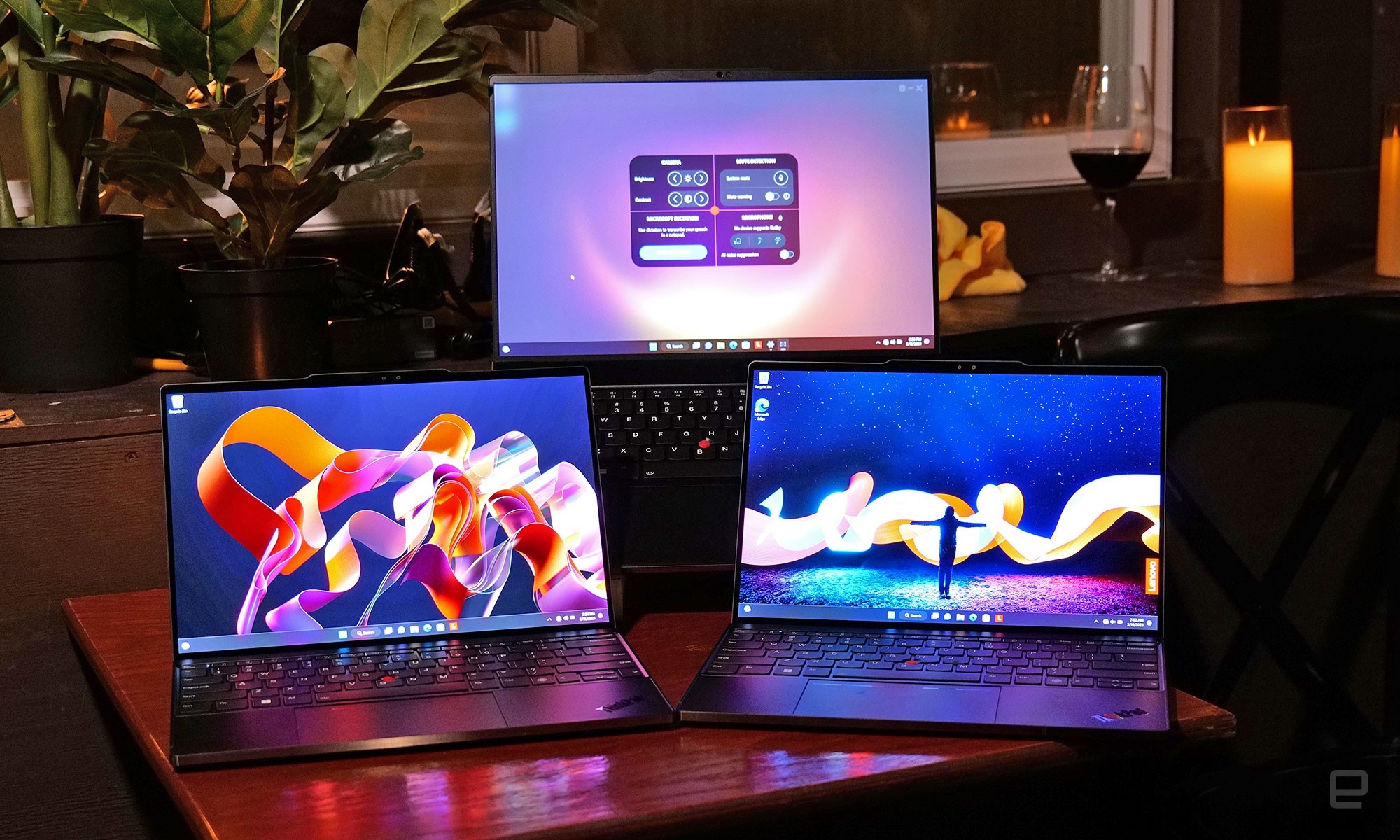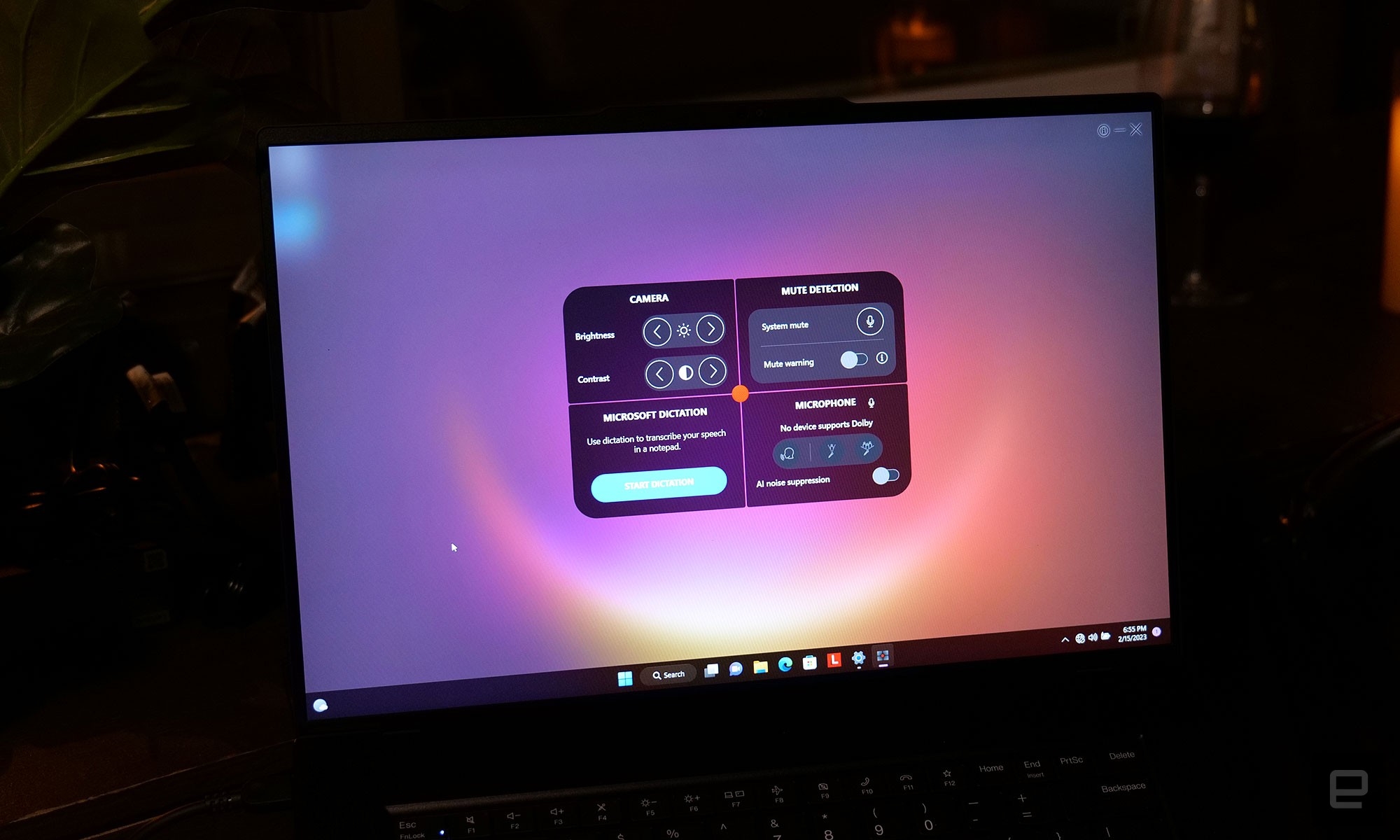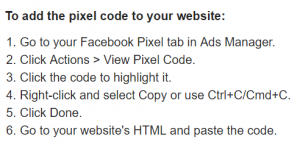We’ve seen a handful of companies attempt to make dual-screen laptops a thing – from Dell’s Concept Duet back in 2020 to more recent systems like ASUS’ line of ZenBook Duo notebooks. But with the YogaBook 9i at CES 2023, Lenovo is pushing the idea of a true two-screen laptop further than ever before.
From the outside, the Yoga Book 9i doesn’t look much different from a typical laptop. But when you open it up, you’re greeted by two 13.3-inch 2.8K OLED displays that dominates the inside of the device. That means unlike ASUS’ rivals, there’s no room for a physical keyboard – at least not on the body of the device. However, to support all sorts of setups and use cases, Lenovo also provides a range of bundled accessories including a folding kickstand, a detachable Bluetooth keyboard and a stylus. And it’s this combination of peripherals that really elevates the Yoga Book 9i into something more than a simple clamshell.
When propped up on the kickstand you can position the laptop’s displays in either side-by-side or stacked orientations, which provides tons of vertical screen real estate or more traditional dual displays depending on your needs. Then, all you have to do is slap the BT keyboard down on a table and suddenly you have a device that’s more like a portable all-in-one desktop.
Lenovo also has some software tricks to get the most out of the various display modes. For example, when the Yoga Book 9i’s screens are stacked on top of each, you can tap five fingers against the screen to span a single window across both displays in what the company calls waterfall mode. Alternatively, when you want to move windows from one screen to another, you can simply flick your finger to send an app up or down. And similar to what we’ve seen on the ThinkPad X1 Fold, Lenovo has a variety of grid options so you can launch into dual, triple or quadruple app layouts to maximize your multitasking.
In addition to standard handwriting and stylus support, you can use the Yoga Book’s stylus to capture screenshots and then press a button to automatically embed it in a new OneNote file. This makes the process of recording minutes or saving ideas from brainstorming sessions during meetings super simple.
And of course, when space is a concern, you can always use the Yoga Book 9i in clamshell mode, either by using an on-screen virtual keyboard or simply dropping the BT keyboard on top of the lower display. I also really appreciate some of the small add-ons Lenovo included to support various typing layouts. By pushing the keyboard back towards the screen (both the physical or virtual keyboard via an eight-finger swiping motion), you can activate a virtual touchpad (albeit a somewhat small one). Or if you have an external mouse connected, you can pull the keyboard forward to reveal a row of widgets for stuff like weather, news and more.

As for specs, the Yoga Book 9i is well equipped with 13th-gen Intel Core i7 CPUs, up to 16GB of DDR5 RAM, 512GB of storage and three USB-C ports with Thunderbolt 4. And despite being a relatively sleek system that measures just 0.63-inches thick, Lenovo managed to cram a large 80Whr battery inside. That’s important because those dual OLED displays are pretty power-hungry, with the company claiming the laptop will last around seven hours in dual-screen mode or closer to 14 hours when only using a single display.

That said, I do have a few concerns. First, some of the gesture controls and stylus input weren’t particularly responsive. The Yoga Book even blue-screened a couple of times over the course of about an hour while I tested it. But that’s sort of to be expected when demoing pre-production devices. The bigger issue for me is that while I’m optimistic about the future of dual-screen laptops, typing on a touchscreen is still a challenge. I found that when I was in a groove, I could type nearly as fast as I can on a traditional physical keyboard. The problem is that when your fingers drift (and they will), typos start piling up in bunches, and there’s no good way of finding the home row again. That means you often have to look down to check the position of your hands, which is annoying for touch typists.
Finally, while I love that Lenovo puts the Yoga Book’s kickstand, BT keyboard and stylus in the box for free, I really think the kickstand should be built-in to the device itself, like it is on convertibles like a Surface Pro. That’s because even though the kickstand turns into a folding cover of sorts, it feels like you spend a bit too much time keeping track of everything and practicing origami when moving between modes.
But in many respects, this is what you get when a company explores an untested design. And even with these concerns, I’m still incredibly excited to try out a final retail version of the Yoga Book 9i when it comes out sometime in April for around $2,000.
(26)
Report Post






